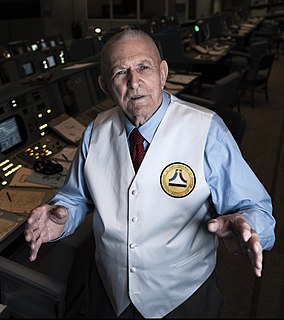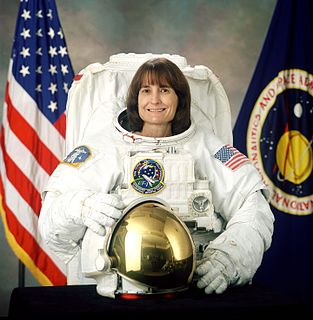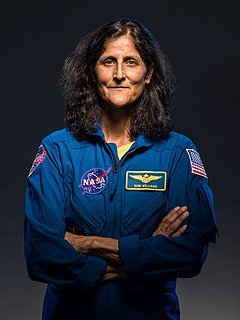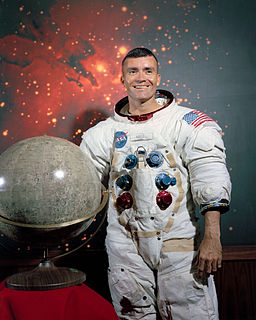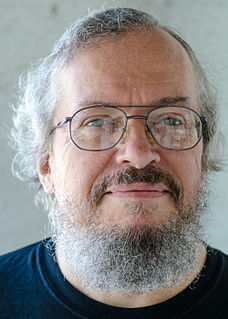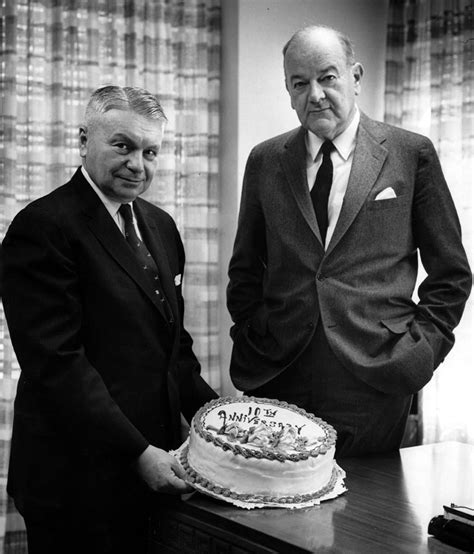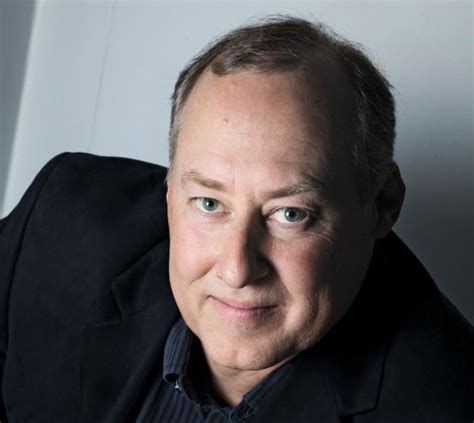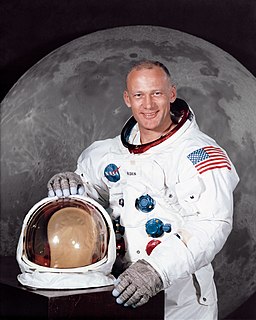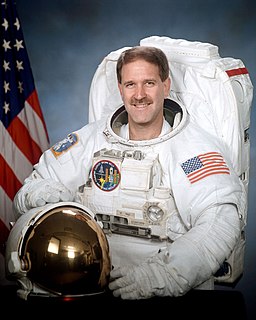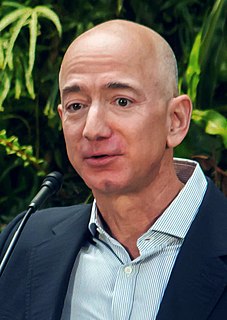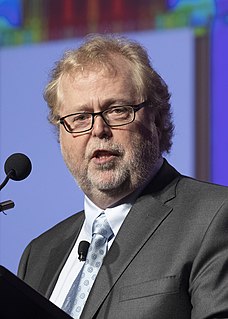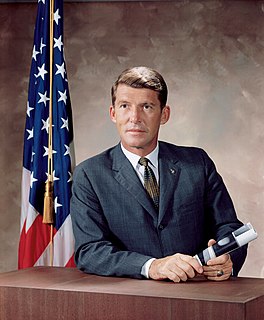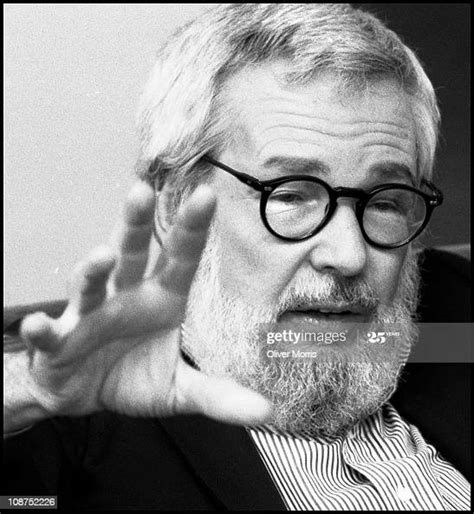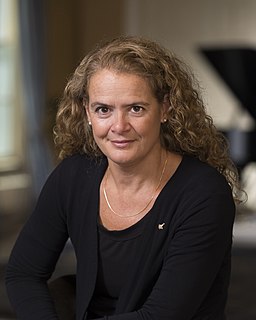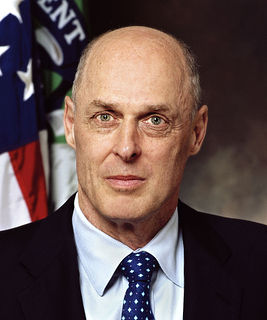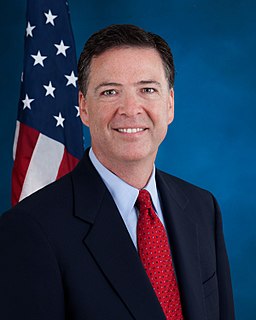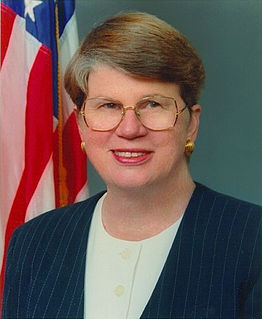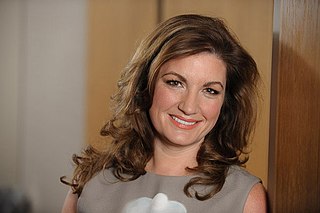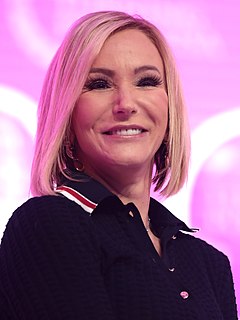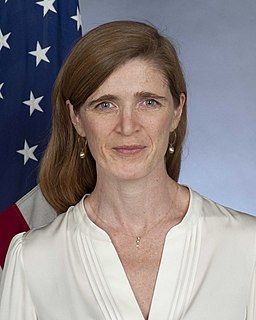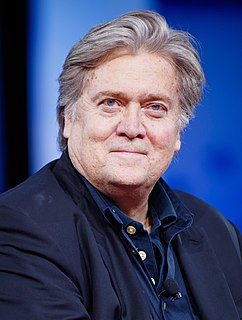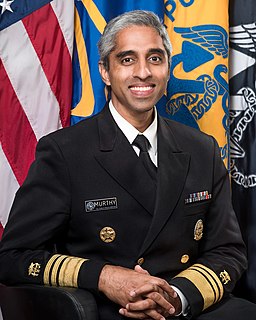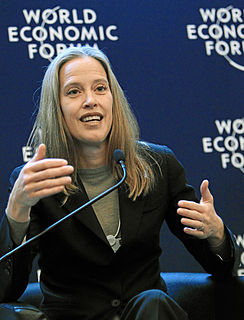A Quote by Gene Kranz
I was working as a flight director on the Gemini IX mission, and it seemed almost overnight I was picking up the responsibilities for the Apollo Program.
Related Quotes
In less than 70 hours, three astronauts will be launched on the flight of Apollo 8 from the Cape Kennedy Space Center on a research journey to circle the moon. This will involve known risks of great magnitude and probable risks which have not been foreseen. Apollo 8 has 5,600,000 parts and 1.5 million systems, subsystems and assemblies. With 99.9 percent reliability, we could expect 5,600 defects. Hence the striving for perfection and the use of redundancy which characterize the Apollo program.
As a youngster, I read of Buck Rogers and Flash Gordon. As a student, I wrote English reports on science fiction. And as a fighter pilot, I observed the selection of the Mercury astronauts. All this was fascinating, but I really didn't think I would ever be a part of it. It was only when my good friend Ed White was selected as a Gemini astronaut that I decided to join NASA as part of the Apollo program.
Spaceflight will never tolerate carelessness, incapacity, and neglect. Somewhere, somehow, we screwed up. It could have been in design, build, or test. Whatever it was, we should have caught it. We were too gung ho about the schedule and we locked out all of the problems we saw each day in our work. Every element of the program was in trouble and so were we. The simulators were not working, Mission Control was behind in virtually every area, and the flight and test procedures changed daily.
I grew up on the south side of Chicago in the 1960s, and I think there was a synchronicity of events that inspired me to be an astronaut, and, of course, the backdrop is nothing less than Mercury, Gemini, and Apollo. That was a time in our nation where we aspired to great things, and we achieved them.
We collectively have a special place in our heart for the manned space flight program - Apollo nostalgia is one element, but that is only part of it. American culture worships explorers - look at the fame of Lewis and Clark, for example. The American people want to think of themselves as supporting exploration.
I think the only way that the U.S. human spaceflight program is going to get really revitalized, really put sort of an Apollo level push on it, is if some other country, perhaps China, were to actually have a landed flight to the moon and brought back our American flag and put it in Tiananmen Square.
